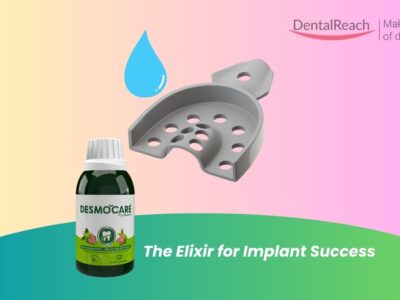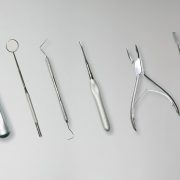A novel case series explores the clinical efficacy of enamel matrix derivative in human pulp-dentin regeneration
A recent case series reports encouraging clinical and radiographic outcomes following the use of Emdogain® (Straumann®, Switzerland), an enamel matrix derivative (EMD), as a biologic scaffold in regenerative endodontic procedures (REPs). While EMD has demonstrated regenerative potential in preclinical studies by modulating odontogenic and angiogenic pathways, this is among the first documented applications in human REP cases.
Clinical Background:
Three pediatric patients (two males, one female), aged 8, 8, and 12 years, from São Luís, Maranhão, Brazil, presented with necrotic pulps in immature permanent teeth and were treated using a standardized two-visit regenerative endodontic protocol. The intervention included canal disinfection, induction of apical bleeding, and placement of EMD (Emdogain®) into the canal space to facilitate pulp tissue regeneration.
Clinical Protocol and Assessments:
- Subjective pain intensity was evaluated using the Visual Analogue Scale (VAS) at baseline and 7 days post-operatively.
- Crown shade stability was measured using a VITA Easyshade® Advance 4.0 spectrophotometer.
- Periapical healing and root development parameters were assessed radiographically at 12 and 24 months.
Key Outcomes:
- At 12 months, all cases exhibited complete resolution of periapical radiolucencies.
- At the 24-month follow-up, clinical and radiographic findings included:
Apical closure
Continued root elongation
Increased dentin wall thickness
Maintenance of pulp vitality, as inferred from continued root development and absence of symptoms - One case showed intraradicular calcific changes, suggesting ongoing hard tissue deposition.
Clinical Implications:
This case series indicates that Emdogain® may serve as a biocompatible scaffold capable of supporting tissue regeneration in immature teeth with necrotic pulps. The observed outcomes — including apical maturation, dentinal apposition, and structural reinforcement — support its potential application in pediatric regenerative endodontics.
Further controlled clinical trials are warranted to validate these findings and to establish standardized protocols for the incorporation of EMD in REPs.
Source: Journal of Medical Case Reports




















Comments